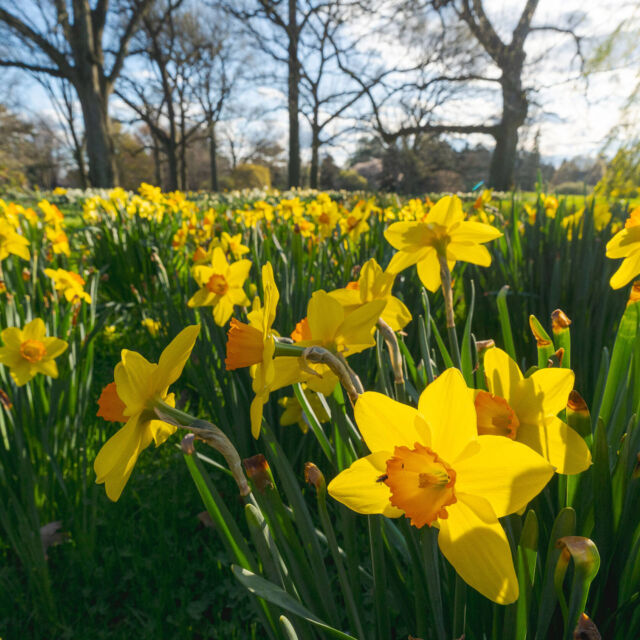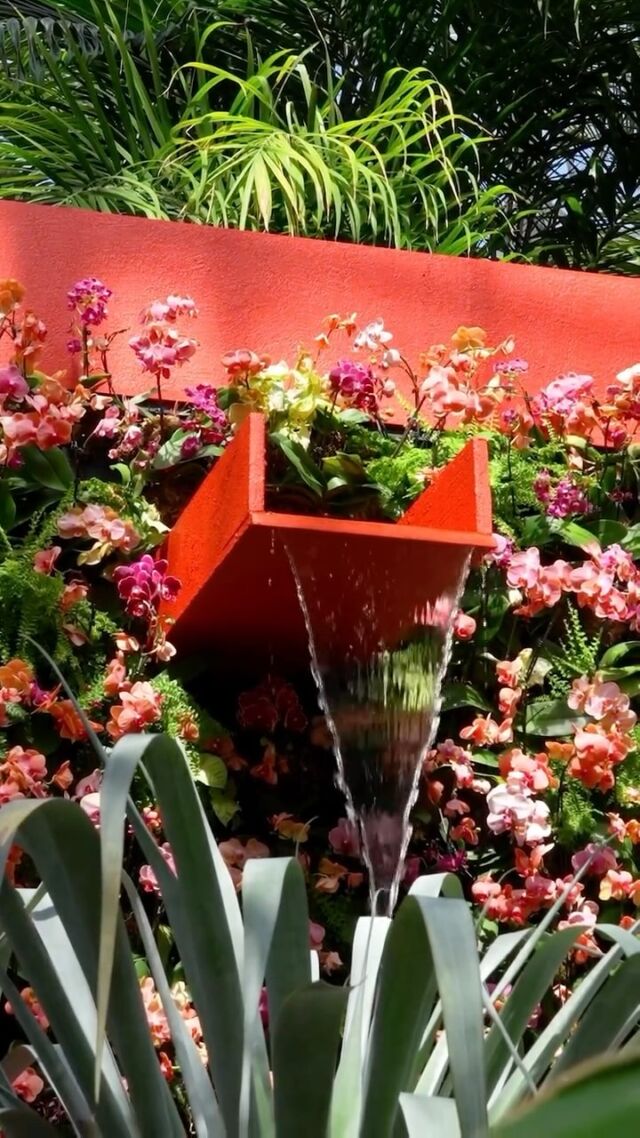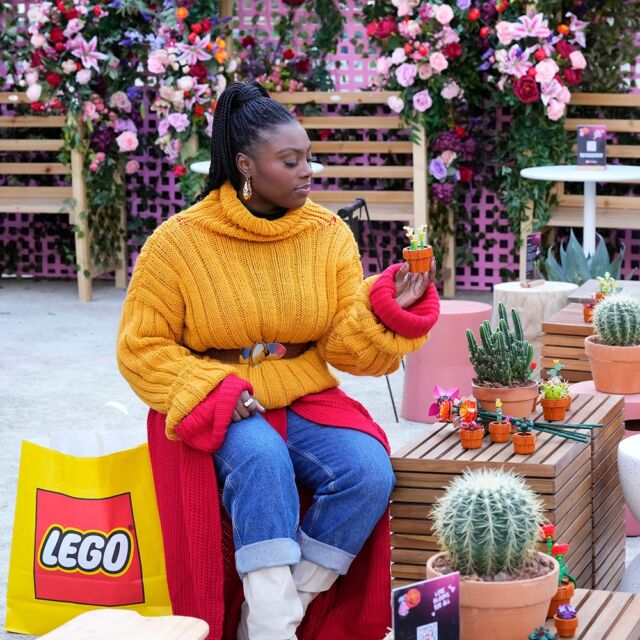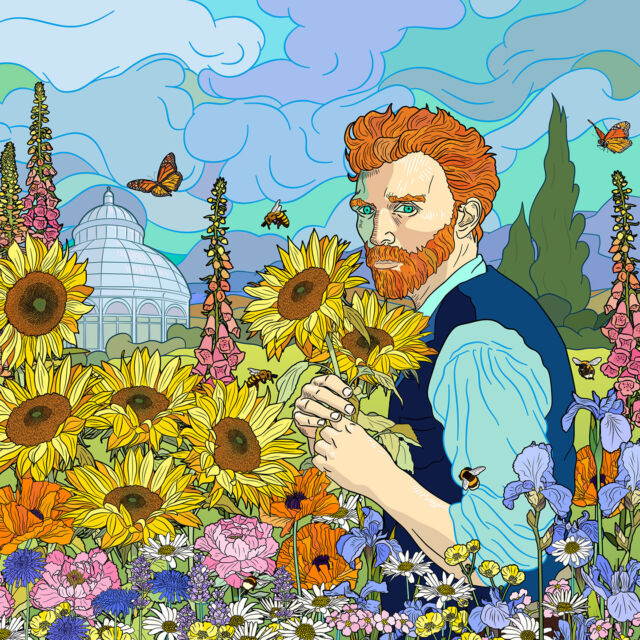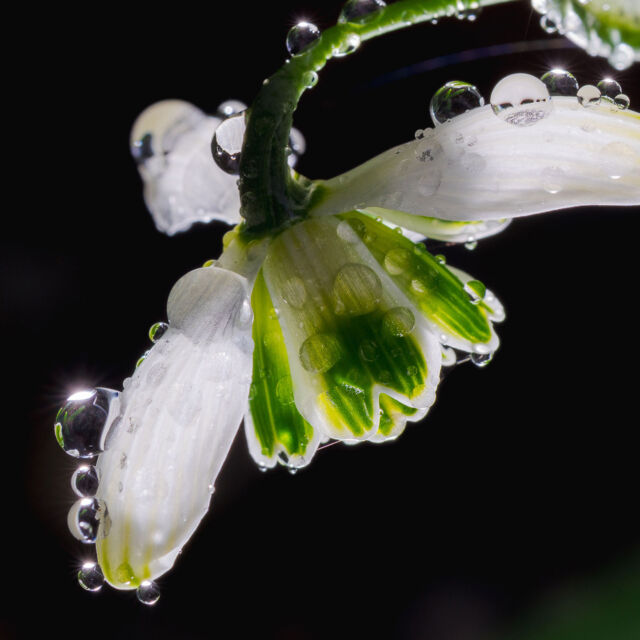How to Source Houseplants Ethically and Sustainably
I know very little about the plants on my windowsill. Although admittedly I’d like to take credit for them, they’re my roommate’s, lovingly brought in and cared for through the extremes of city summers and winters, battering by our cat, splicing and repotting, and even a move across town. Many of them have stories—the African violet from her mom, the spider plant picked up from a brownstone stoop, the Chinese money plant that she bought from a couple in Harlem, the pothos plants that started as a propagated cutting, exchanged through Facebook Marketplace—and then its third-generation propagation she gifted me in a Martinelli’s apple juice glass, which I neglected enough that she now cares for it—and a spindly plant from Trader Joe’s that still maintains its upturned stems despite the fact that it hangs right above our AC unit. One plant she even scooped up from the sidewalk, then proudly carried through a classic Sunday in the city: through a farmers market, a chance encounter with Patti Smith, an amble through Central Park, and the long subway home.
She tells me that she remembers where each of her plants came from—so they must have noteworthy stories, at least to her. She’s given them a home, and in return, they’ve provided her joy, peace, curiosity, and determination. Houseplants are significant parts of our lives, and they’re all around us—but how many plant parents know about their plants’ background, their origins and their lives before they became city-dwellers?

With the increase in houseplant and gardening popularity, it’s an important practice to ensure your plants are sourced ethically. Plant poaching—the illegal removal of rare and endangered plants from their natural habitats—is on the rise, especially when it comes to highly coveted and exotic plants. The threat of poaching has been around for decades. In 1975, the Convention on International Trade in Endangered Species of Wild Fauna and Flora (CITES) went into effect, providing an international framework to ensure that international trade in specimens of wild animals and plants does not threaten the survival of species, and making the trade of many rare plants illegal.
However, the houseplant craze has skyrocketed, especially during the pandemic, and has become another beast altogether through social media trends (Orion). Information on what’s available and desirable has spread more quickly, and some local communities are viewing poaching as a source of easy and lucrative income. For example, poaching of South Africa’s succulents has escalated exponentially since March 2019, exacerbated by demand generated through social media. The poaching has moved from the hands of international visitors to local South Africans who are solicited by the same plant buyers (Botanic Gardens Conservation International). South Africa’s unemployment rate rose to almost 33 percent during the pandemic, pushing locals to find new ways to make money to support themselves and their families (The New York Times).
Many plants, and especially succulents, are endemic to very particular areas and have very small population sizes, so uprooting any number of them will damage the plant community and ecosystem. Many succulents and cacti take decades to grow, which may prompt people to harvest mature plants from the wild. In 2022, a man who illegally poached hundreds of thousands of dollars worth of dudleya succulents from the California coast was sentenced to two years in prison (Vox). Due to their popularity and their restricted habitat ranges, the threat to dudleya was so high that the year before, California passed a law making it illegal to harvest these succulents from the wild without a landowner permission or permit—with the penalty being a large fine or jail time.
When plants are pulled up from the soil to be sold illegally, this process can harm an entire population of a species. A 2020 bust called Operation Atacama found more than 1,000 of some of the world’s rarest cactuses, smuggled into Italy from Chile, and valued at over $1.2 million on the black market (The New York Times). Over 30 percent of the world’s almost 1,500 cactus species are threatened with extinction—and illegal poaching is one of the main causes of their decline (The New York Times). Due to the magnitude, secrecy, and celerity of poaching, many law enforcement officials can’t keep up. Plant poaching can disrupt root structures, causing soil erosion, and can lead to a decrease in plant diversity, which in turn impacts pollinators, and then the entire food chain. Once illegally collected, these plants are hidden in plain sight—sold in high-end plant shops and online platforms like Etsy, Instagram, and eBay—and traffickers are rarely caught.
The internet has changed the game for the houseplant industry, and many buyers are unaware that an illegal plant trade actually exists. Though it may prove difficult, you can deduce where your plant is from, and if you should buy it. So, how can you ethically and sustainably source the plants you love?
Try propagation
Well, my roommate seems to have it right. One of the best ways to sustainably source plants is through propagation, or creating a new plant from one or more plants. There are two types: sexual and asexual, but the latter is what will probably the easiest and most effective as a houseplant collector.

Asexual propagation occurs without fertilization, when a new plant grows from a single parent plant’s vegetative parts, creating a clone of the parent plant. This is one of the easiest ways to grow your plant collection. Exchange some cuttings with friends—your plant’s stories will be multilayered, full of the TLC from many different plant homes!
Learn more about how to propagate at our lecture with plant and interior stylist, best-selling author, and artist Hilton Carter on August 13!
Buy local and do your research
Seek and buy nursery-grown or farm-grown stock, which will have a printed tag that indicates the source and grower. For succulents especially, try to buy directly from the grower.
Buying locally not only minimizes the risk of getting a poached plant, but also helps to reduce transportation emissions and water, land, plastic, pesticide, and energy usage that stem from commercial glasshouses. I know Trader Joe’s and Home Depot plants are tempting, but they’re often grown in huge houseplant farms and greenhouses operated by multinational, multimillion-dollar corporations that use thousands of acres of land, automated machinery, wasteful heat and lighting conditions, and millions of gallons of water a day—though they grow greenery, their methods of doing so aren’t green (Vox).
In addition to buying from small businesses, try incorporating native plants into your collection. Many of the plants grown in large-scale greenhouses are only valued for their trendiness—therefore, native plants that are more suitable for certain climates are being overlooked for those that are in vogue. The genetics of commercially grown plants are highly controlled, completely eradicating important genetic diversity. The enormous consumer demand for certain houseplants has put the power in the hands of industrial greenhouses that control the market and can rapidly churn out houseplants at the cost of the environment. These large-scale farming practices require a surplus of energy and emissions that go into the maintenance of houseplants, and the transportation to various retailers. Buying native plants can help reduce your carbon footprint, by eliminating the need for imported plants or long-haul trucks, and therefore cutting down on “plant miles,” or the miles plants travel from the growing facility to the point of sale (The Guardian).
Look for plants that aren’t grown in sphagnum moss or peat moss, which are unsustainable gardening products. Moss is often stripped away from rainforests and wetlands in order to supply the market. The extraction of peat moss releases carbon into the atmosphere, and is an important part of aquatic ecosystems, water filtration, and flood prevention. Alternatives include compost mix, coconut coir, wood-based materials from byproducts of locally sourced wood, pine needles and leaf litter.
Though they’re beautiful, try to avoid buying rare plants unless you can guarantee they’ve been grown from seed or propagations, sourced sustainably. Instead of following the trends, find the right plant for your space—and get excited about caring for what will survive in and beautify your environment!
Use your community
Look for plant swaps or garden clubs, where people will share their cuttings or potted plants. You can often find people selling propagations on social media, like Facebook Marketplace—but be aware of any scams or poached plants, which are regularly sold online, and don’t buy any rare plants without knowing the source.
Though it’s easy to get caught up in trends, try to consider more thoroughly the plant you are buying. Will it thrive with your space, climate, and resources? Are you ready to be a plant parent, or are you buying it on a whim? Houseplants are now a commodity, and as conscious consumers, it’s important to purchase sustainably, responsibly, and as low waste as possible.
Try learning about the cultural and geographical history of your plants’ species—it has a story that is now intertwining with yours! As houseplants become a part of our homes, remember they’re far away from their own.

As Jared Margulies, Assistant Professor at University of Alabama said for Vox, “There’s an interesting tension to sit with: this plant that’s simultaneously everywhere and yet may no longer exist in the place where it evolved over millions of years.”
Even with the environmental degradation caused by poaching, we can gain hope in the fact that policies, regulations, and efforts are being put in place to curb the poaching business. Many seized plants are being replanted and monitored.
Being a plant parent—like my roommate, and many others out there—is a tough job, but a rewarding one. As you delve into your parenthood even further, stay on the lookout to ensure you’re sourcing your houseplants ethically and sustainably, and enjoy collecting stories as you collect plants!
Want to learn even more? Check out our episode of Plant People, NYBG’s podcast, with guest Marc Hachadourian.
SUBSCRIBE
Enter your email address to subscribe to this blog and receive updates on new posts.
